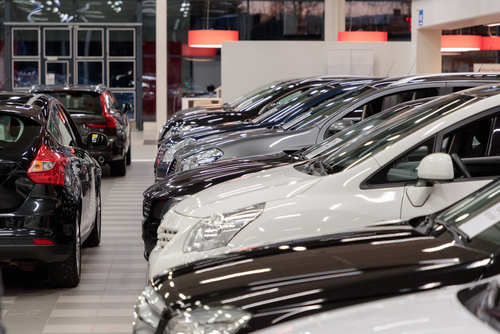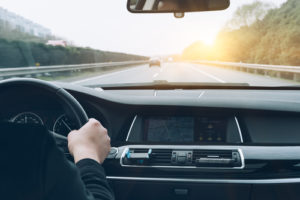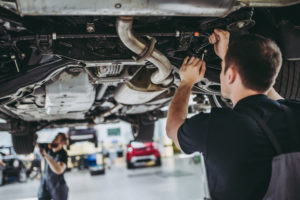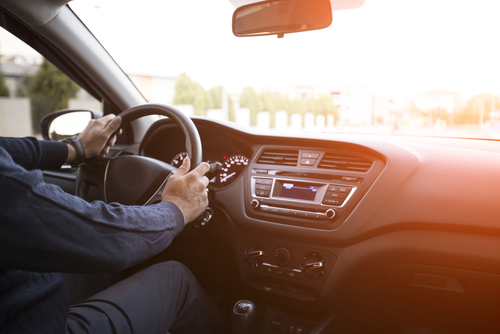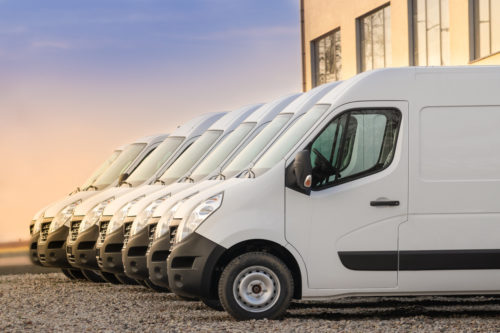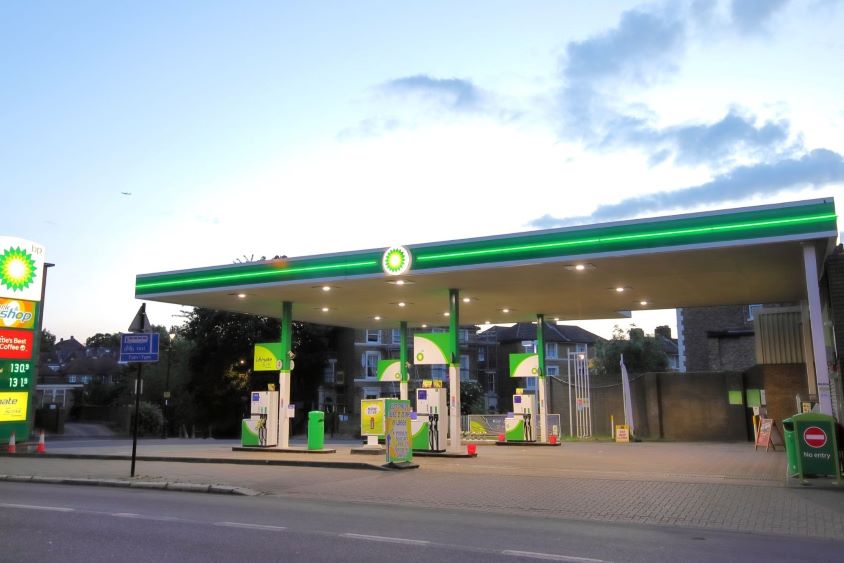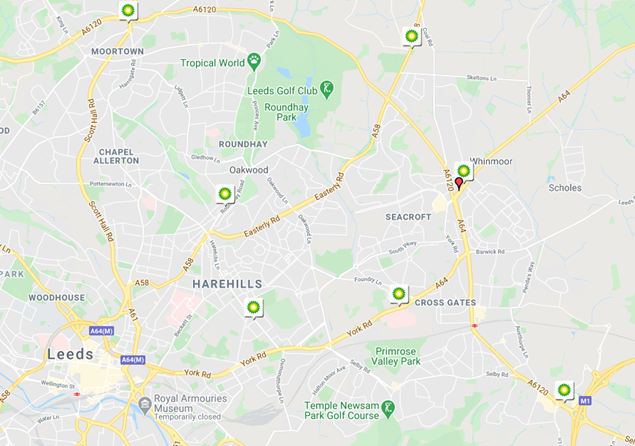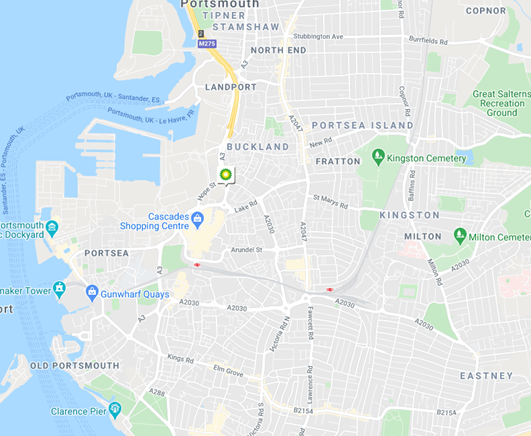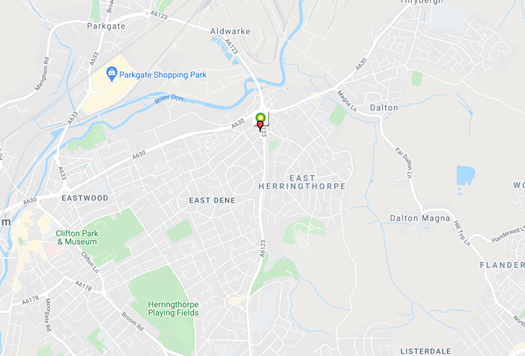Making a decision on leasing versus buying vehicles is one of the most important parts of a fleet manager’s job. But it’s never a simple choice, and there’s no easy answer about which is best.
It’s not only about the costs. Every firm will have its own needs and limitations that must be taken into account. For example, how much mileage do you expect to do? How flexible will you need to be?
Understanding what the specific demands of your firm will be is crucial in making the right decision. Get it wrong and you could find yourself locked into an expensive contract, or struggling to offload unsuitable vehicles.
The factors affecting your decisions
Both leasing and purchasing vehicles have their own pros and cons. It’s therefore important to have a clear picture of your company’s situation and needs before making a decision. Here are some of the key factors you should be looking at.
1. Cost
Your firm’s financial position may dictate some of your decision-making. Buying a vehicle outright will naturally incur higher upfront costs. But this is not the only expense you have to think about.
You also need to take into account the total cost of ownership (TCO), such as maintenance bills and monthly payments. In the long term, this can work out more expensive for a leasing agreement than a purchase.
Some of the financial pros of buying a vehicle include:
- Cheaper long-term costs – If you plan on keeping a vehicle for many years, the TCO is likely to work out cheaper than for leasing.
- Company asset – Once paid off, the vehicle will appear as an asset on your balance sheet, although outstanding finance will show as a liability.
- Insurance – Leasing agreements may require a higher level of coverage, which can push the price of insurance up.
Leasing a car, however, can also have its financial advantages. Some of the cost benefits of leasing over buying vehicles include:
- Fewer upfront costs – If cash flow is an issue, the lower initial payments and fixed monthly fees can make leasing an attractive short-term option.
- Predictable expenses – Having a single fixed monthly cost makes financial planning easier. With a full service lease, issues such as maintenance, repairs and insurance are also all included.
- Depreciation – You won’t have to worry about having to sell on a vehicle that is losing value.
2. Your usage needs
Another major factor in your decision will be how you expect to use your vehicles. If you’re buying a car or van, you will obviously have complete freedom to do whatever you wish with it.
This means not worrying about mileage restrictions or wear and tear limits that often come with leased vehicles. Mileage limits in particular can require close attention when leasing vehicles.
Choosing a deal with lower restrictions will be cheaper, but will require careful management to ensure you don’t exceed your allowance, which can lead to additional fees. You can handle this using mileage tracking tools to take control, but it’s always something to be aware of.
Of course, this is not an issue when buying, other than considering how high mileage may affect the later resale value.
Buying vehicles outright also means you’re not tied into a contract. Therefore, if your needs change, you can react quickly to replace them, or make any necessary modifications. Again, this is not something that’s typically available with leased vehicles.
On the other hand, if you expect to replace your vehicles on a regular basis anyway, a lease can offer many benefits. If you’re upgrading to the newest vehicle every three to five years, leasing gives you many options.
For example, this can ensure you’re always opting for the most fuel-efficient equipment. This not only cuts down on your fuel bills, but also improves your firm’s carbon footprint.
3. Maintenance
Keeping your vehicles in good working order is essential whether you’re buying or leasing. However, there are a few different factors to consider in for leasing versus buying fleet vehicles.
If you’re leasing, the chances are you’ll be working with the most up-to-date, low-mileage vehicles. This means, in theory, they’ll need to spend less time in the garage.
However, depending on the terms of your contract, your leasing provider may insist on a thorough maintenance regime in order to keep them this way.
If you are leasing, you’ll still be responsible for regular issues such as servicing and oil changes. You may also consider a maintenance agreement that will cover areas like parts, especially if you’re doing higher mileage.
Be aware these can differ however. For example, some agreements will cover tyres while others won’t. Each provider will also have their own policies for what counts as reasonable usage.
Maintenance costs also need to be factored in when you’re buying. This may be especially true if you’re planning on keeping vehicles for a long period or running high mileage. While you won’t have to worry about keeping within agreed wear and tear limits, costs can quickly climb as vehicles age.
4. Management
Finally, you’ll also have to think about how to keep control of your fleet. There are a wide range of things to think about in this area, and leasing can help take some of them off your hands.
For large fleets in particular, this can be a vital time-saver. You do, however, have to pay close attention to the terms of your lease.
If you are looking for a leasing provider, there are several things to keep in mind. You’ll need a company that’s fully authorised and regulated by the Financial Conduct Authority, for example. You also need to be familiar with the various types of lease that are available.
Having the right tools and technologies can make the management of your fleet easy, whether you’re leasing or buying. From telematics tools to service checks, find out how Fuel Card Services can help you stay in control.

